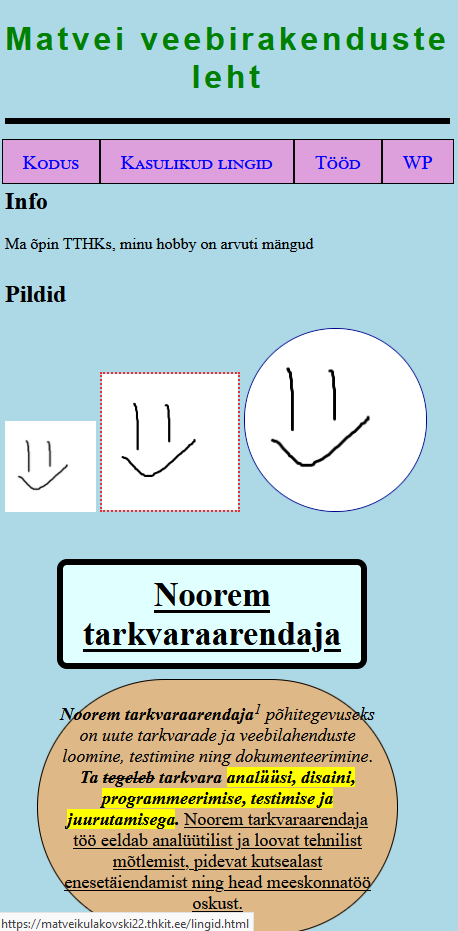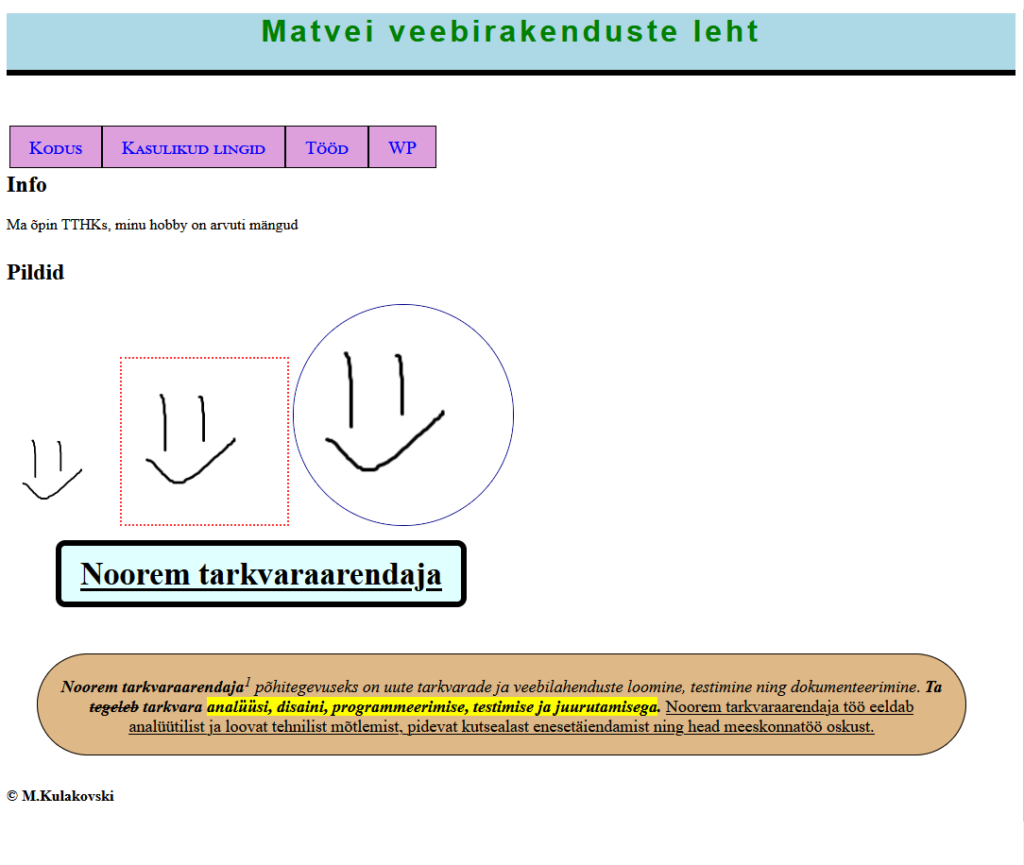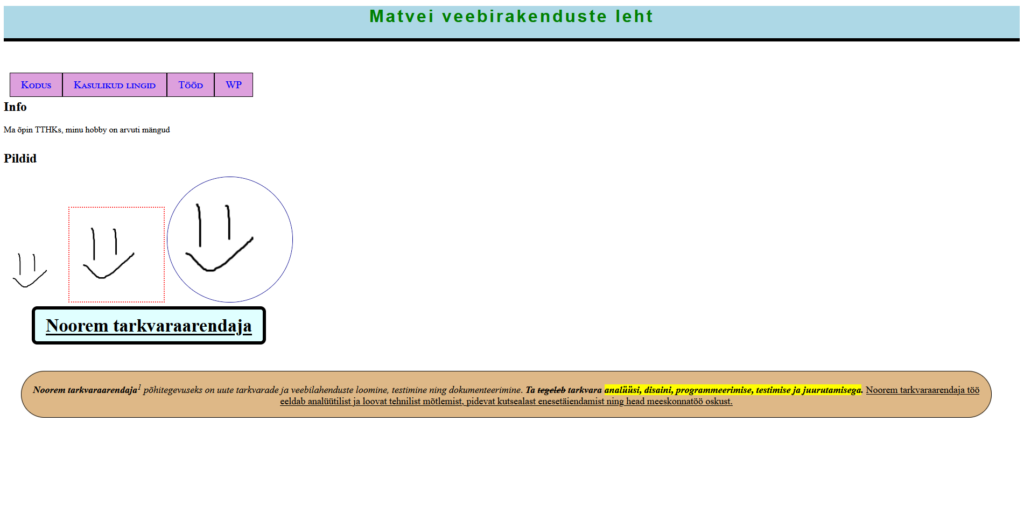Your cart is currently empty!
Web Design
adaptive web design (AWD)
Responsive web design involves creating multiple versions of a site that better fit the user's device, rather than one static page that loads the same on all devices, or one page that changes the order and size of content depending on the device/screen.
responsive web design (RWD)
Responsive web design is an approach to web design in which the design of a web page changes according to the size of different devices, windows or screens. Recent studies address viewer proximity as part of contextual viewing as an extension of RWD.
Differences
Flexibility of approach:
Responsive web design tries to be universal and flexible for different devices.
Responsive web design, on the other hand, strives to be flexible and responsive by using pre-defined designs for specifically defined devices.
Working principle:
Responsive design reacts to screen size by changing style and dynamically placing elements.
Adaptive design uses a predefined design that is loaded according to device characteristics.
Both approaches aim to provide an optimal user experience on different devices, but use different strategies to achieve this goal.
I personally prefer responsive web design. The reasons for this are as follows.
Versatile and flexible approach: Responsive web design offers a more versatile solution that easily adapts to different devices. This is especially important in a world where there is an ever-increasing variety of devices. Pages dynamically adapt to changes in screen size, ensuring that content remains accessible and readable in any situation.
More efficient development and maintenance work: responsive design generally requires less development and maintenance work than adaptive design: one code automatically adapts to different screen sizes, which saves time and simplifies the development process.
Responsive design offers a smoother and more pleasant user experience. Visitors can expect a similar structure and navigation regardless of device, which promotes a more consistent user experience.
While both approaches have their merits, in my opinion responsive web design is more practical and useful in most cases.


